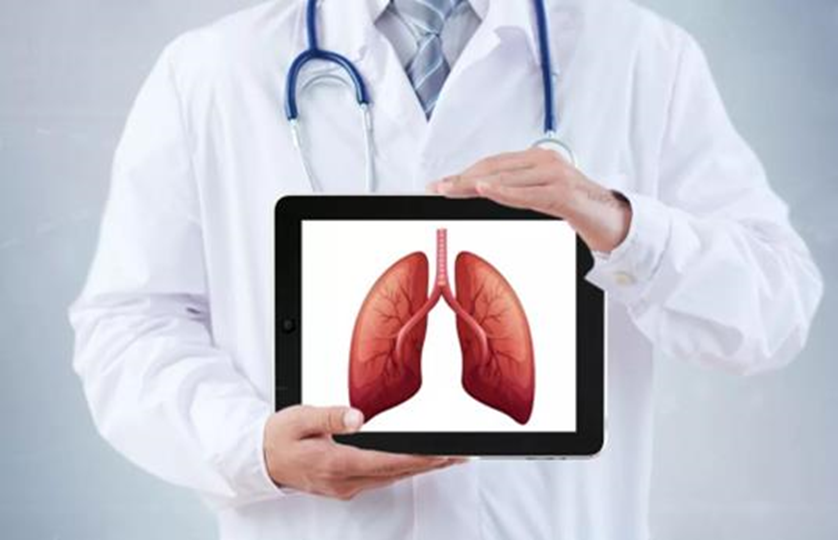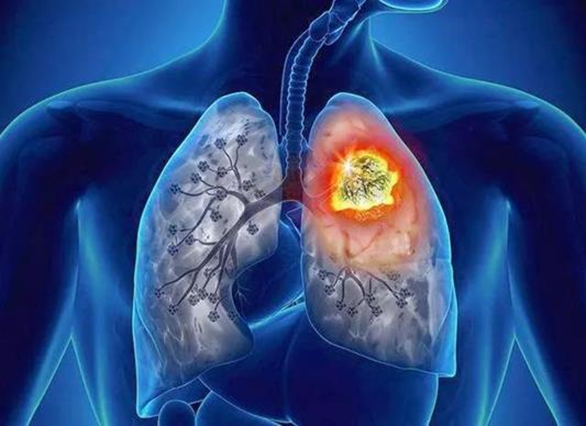With people's heightened pursuit of health and the advancement of medical imaging technology, physical changes in human body that could not be spotted in its early stage have become coming findings. A typical one among them is lung nodule. We have explained lung nodule in detail in the previous article Got a lung nodule? Chill out and hear from thoracic surgeons of DeltaHealth Hospital. Now, let's hear what Deltahealth thoracic surgeons have to say about the follow-up and treatment of lung nodules.

I. Follow-up of patients with lung nodules
Most lung nodules only need regular follow-up. The leading medical authorities have reached a general consensus on the principle of follow-up. The Chinese expert consensus is based on these common principles. According to the Chinese Expert Consensus on Lung Nodule Diagnosis and Treatment (ver. 2018):
1、For nodule under 5mm, there is not much to worry about. Just go to primary-level hospitals for routine interference.
2、For nodule between 5 and 10mm, please visit major hospitals with rich experience.
3、For nodule over 10mm, you need to take it seriously and go to thoracic surgery department to see if surgery is necessary.

For patients who jdo not need surgical treatment, the necessity of routine CT scan, the frequency of follow-up and CT scan are decided by the possibility of canceration, the feasibility of surgery and the risk factors of lung cancer. According to the latest Fleischner Guideline published in 2017 [1], there are several principles:

The follow-up plan may vary by case. The personalized follow-up frequency must strictly follow the recommendation of the consulting physician.
Of course, some may ask:'if it is really cancer, would it metastase after 3 months?' In fact, we don't need to worry too much. The above follow-up schedule is based on the growth characterization of the tumors. The doubling time of tumor, meaning the time it takes for a tumor to grow twice in size, is 3 to 12 months. In other words, the fastest growing tumor needs 3 months to double its size. For a nodule at 8mm, even it grows twice in size, it is still in the early stage of development and rapid metastasis is unlikely. Therefore, we don't need to take the risk of surgery.

II. How to treat lung nodule with surgery
Many may ask: why don't we just remove the nodule with surgery immediately? Wouldn't that deal with the problem one thing for all? It is not the case. All surgeries come with risks. Neither patients nor physicians want patients to take on costs and risks that they don't otherwise bear. Therefore, unless the physician highly suspect the nodule to be malignant, surgery is generally not recommended. It is also the common practice across the world.
If the nodule is highly suspected to be malignant, the surgeons often choose to remove the nodule via minimally invasive thoracoscopic lung surgery. Most of the lung nodules are early-stage lung cancer with good prognosis after surgery and does not require chemotherapy and radiation therapy. The 5-year, even 10-year survival rate is over 90%. Due to limited injury and few postoperative complications, thoracoscopic surgery is increasingly common among physicians in surgical treatment of lung nodules.

As a warm reminder, DeltaHealth Hospital wants to note that though some lung nodules are malignant, there are highly effective follow-up measures and medical treatments with very good outcomes. On the other hand, please remember that lung cancer nodules are more common among people living with smog and those who burn the night oil, smoke cigarette, lack exercise, live in anxiety, depression and those with weak immunity.
References:
[1] Macmahon H, Naidich D P, Goo J M, et al.Guidelines for Management of Incidental Pulmonary Nodules Detected on CTImages: From the Fleischner Society 2017.[J]. Radiology, 2017, 284(1):161659.
[2] 肺结节诊治中国专家共识(2018年版)